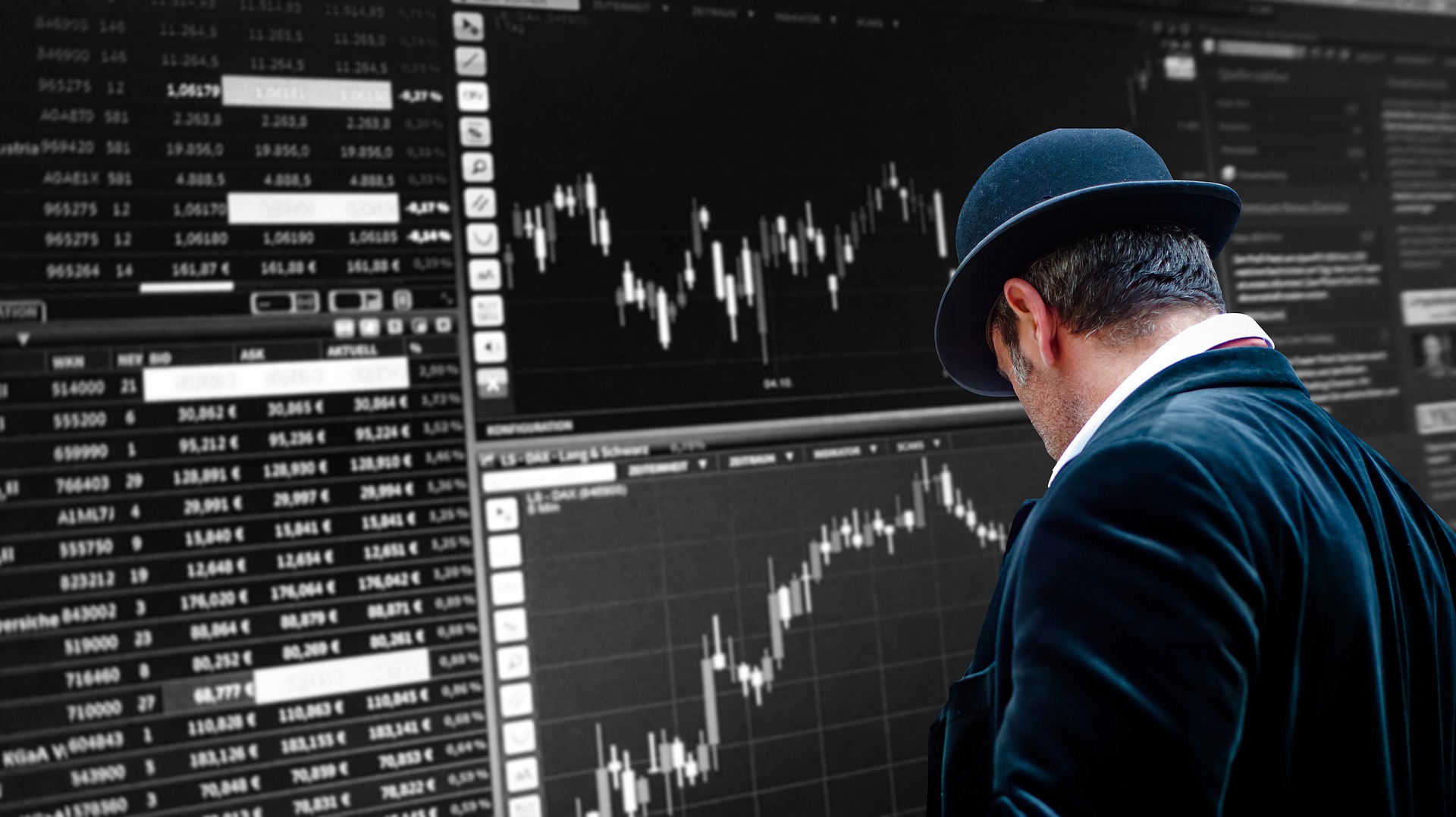This September was the worst September for the stock market since 2002, with the S&P 500 falling by more than 9%. This is a bleak milestone in a year where the stock market has seemingly gone from bad to worse and hurt almost every investor. With so much turbulence over the last quarter, month and even week, the chances that the stock market will end 2022 on a high note have nearly evaporated.
All three major indexes are solidly in bear market territory, meaning they have fallen more than 20% each from their highs. The tech-heavy Nasdaq is down more than 30% already this year. The Dow, which fell 9% this month, has erased any gains it made in the last two years, falling back where it was in November 2020.
Entering the final three months of the year, the best thing to do with money may be to put it under the proverbial mattress. Or at least in short-term Treasury bills, which are yielding just about 3.3%. “Literally, the only bull market in the world right now is the bull market for cash,” says Julian Emanuel, who is in charge of portfolio strategy at Evercore ISI.
This has been the year of high inflation, and Wall Street’s view of it has only worsened this last month. There are worrisome signs that inflation is becoming more entrenched, which will make it harder to contain. On Friday, the Federal Reserve’s preferred inflation gauge, the government’s personal consumption expenditures index, showed a larger-than-expected increase in August.
Then, there is what central banks are doing about the problem and what might result from their actions. In September, many of them hiked interest rates aggressively, including the Bank of England, the European Central Bank, and, of course, the Federal Reserve. “We have never had an instance like this, at least in the few decades, when so many central banks have been tightening monetary policy simultaneously,” says Ruchir Sharma, the chairman of Rockfeller International.
Late in the month, on Sept. 21, the Fed raised interest rates again by another three quarters of a percentage point, and Fed Chair Jerome Powell said he and his colleagues “anticipate that ongoing increases will be appropriate.” Wall Street expected a rate hike of that magnitude in September, but many investors seemed to be caught off-guard by the Fed’s forecasts. They’d hoped that inflation had peaked, and the Fed could slow the pace of interest rate increases in the not-too-far-off future. But once they started to grapple with the central bank’s seriousness and single-mindedness, there was another steep sell-off.
The economy is the start and end of everything. You can’t have successful education reform or any other reform if you don’t have a strong economy.
David Cameron
The Fed appears to be following a new mantra, which Powell unveiled at a speech in late August: “We will keep at it until we are confident the job is done.” Restoring price stability will take some time, Powell said in that same speech, noting the Fed’s policies “will also bring some pain to households and businesses.”
The Fed is raising interest rates at the fastest pace in a generation, and as the cost of borrowing gets more expensive, the pain is intensifying. For households, home buying is getting more expensive, with the average rate on a 30-year fixed-rate mortgage recently hitting 6.7%, basically double what it was in January. On the business side, Meta, Facebook’s parent company, announced it is going to begin laying off workers.
Now Wall Street is wondering if the Federal Reserve’s actions will go so far as to trigger a recession. Michael Purves, the CEO of Tallbacken Capital Advisors, says markets haven’t gotten used to the Fed’s new approach, which is a radical departure from a long period when it kept interest rates extremely low.
“They have done a complete and very aggressive 180 in less than 12 months,” he said. “That kind of abrupt shift from the world’s most important central bank means that you’re going to get volatility.” Recently, there have been wild, disorienting swings in stocks, bonds, commodities and currencies. The U.S. dollar is incredibly strong relative to other major currencies, and that’s affecting markets around the world.
But the strong dollar has been a drag on the global economy, because the currency is used for so many transactions. The Fed is studying inflation data, and next week’s employment numbers from the Labor Department will be critical in anticipating how 2022 will end. Meanwhile, companies reporting their quarterly results have shown that the problems of 2022, and in some cases 2021 and 2020, aren’t going away soon. Nike’s sales fell in China last quarter, and the apparel maker continues to face problems with a disorderly supply chain, it said on Thursday. It also noted it has too much inventory. FedEx, which Wall Street considers a bellwether for the broader economy, announced it has been struggling lately, and it is raising its prices. Apple is reportedly going to manufacture fewer iPhones.




